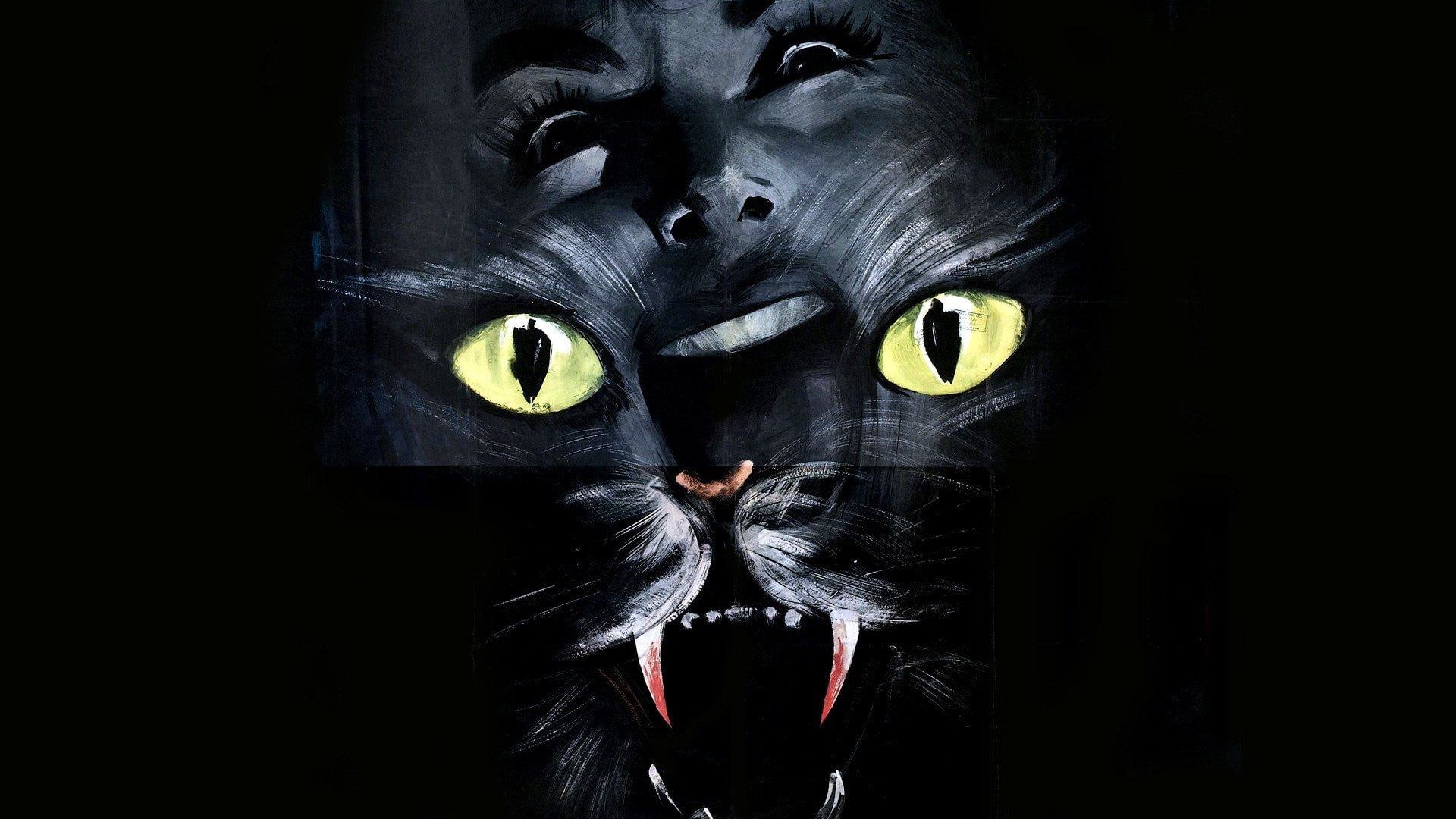


We see the break-in during the opening credits, but it is from the subjective perspective of the criminal thus, although we see what happens, we don’t know the who and the why. The plot centers around a late-night break-in at the Terzi Institute, where scientists are conducting high-profile genetic research. The story is based on the scientific concept-first published in several journals, magazines, and newspapers in the late 1960s and now recognized as erroneous-that men with XYY syndrome (meaning they have one extra Y chromosome) are predisposed to criminality. If The Cat O’ Nine Tails is his weakest early effort, it is only because he was still trying to find his voice, experimenting with different techniques and gradually learning just how far he could push the envelope. Argento, with his penchant for aesthetic overkill, narrative ambiguity, and graphic violence, was always a natural fit for the lurid sex-and-violence-addled genre, and he honed his skills as a director with convoluted murder-mysteries that didn’t always demand coherence, linearity, or, most importantly, restraint. Mombelli), Fulvio Mingozzi (Spimi’s man), Corrado Olmi (Morsella), Pino Patti (Barber), Cinzia De Carolis (Lori)Īfter the international success of his directorial debut, The Bird With the Crystal Plumage ( L’uccello dalle piume di cristallo, 1969), director Dario Argento returned to mine similar territory with his second effort, The Cat O’ Nine Tails ( Il gatto a nove code), which stylishly evokes the Italian giallo mystery literary genre that began in the late 1920s, deriving its name from the signature yellow paperback editions in which they were published.

Calabresi), Vittorio Congia (Righetto), Ugo Fangareggi (Gigi the Loser), Tom Felleghy (Dr. Braun), Rada Rassimov (Bianca Merusi), Aldo Reggiani (Dr. Stars: James Franciscus (Carlo Giordani), Karl Malden (Franco Arno), Catherine Spaak (Anna Terzi), Pier Paolo Capponi (Police Supt. Screenplay: Dario Argento (story by Dario Argento & Luigi Collo and Dardano Sacchetti)


 0 kommentar(er)
0 kommentar(er)
